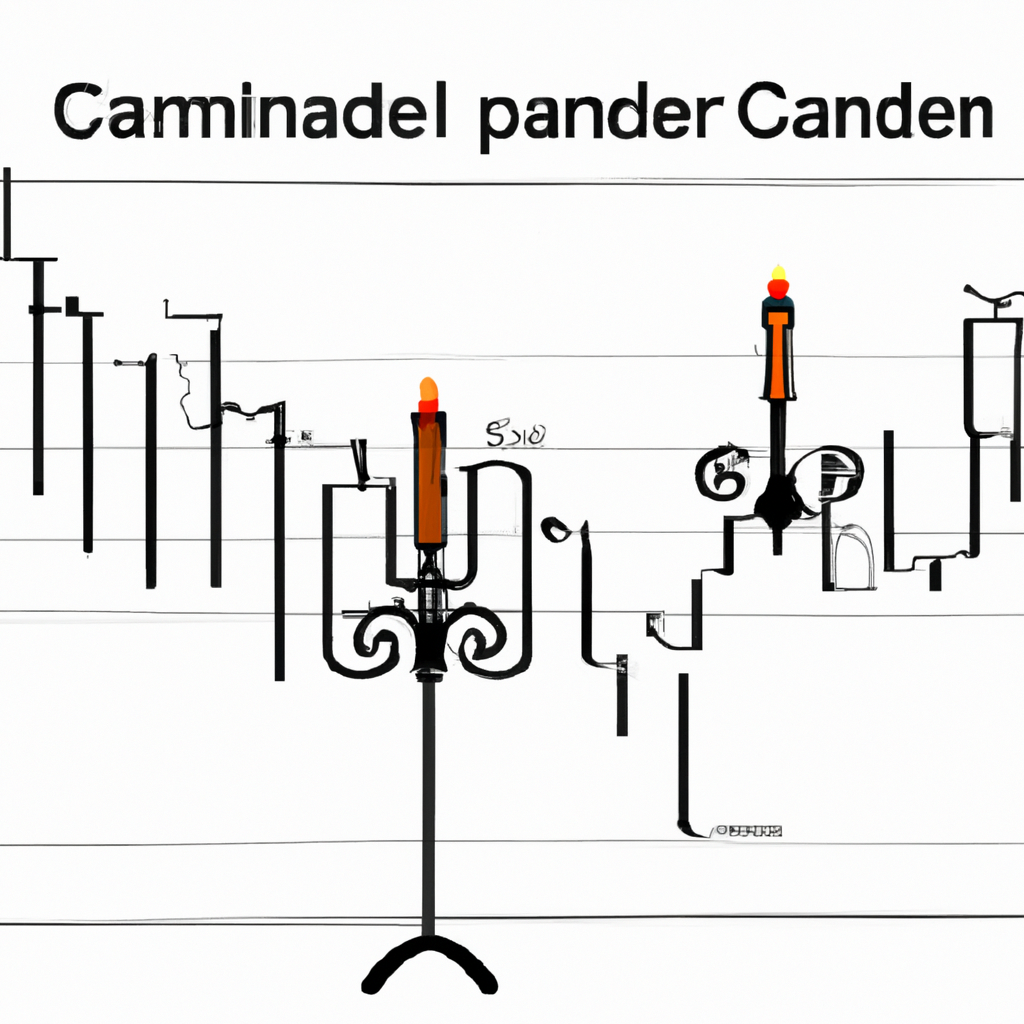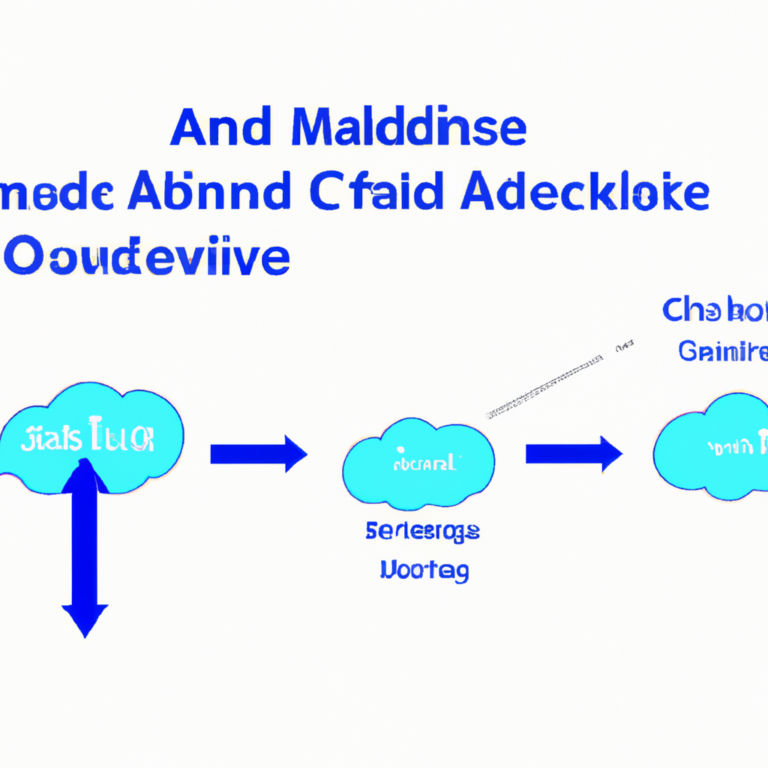Candlestick Patterns Explained
Candlestick patterns are a popular tool used by traders to analyze market trends and make informed decisions about buying or selling assets. These patterns are formed by the open, high, low, and close prices of a financial instrument within a specific time frame. By understanding these patterns, traders can predict potential price movements and take advantage of market opportunities.
Types of Candlestick Patterns
There are several types of candlestick patterns that traders use to interpret market behavior. Some of the most common patterns include:
- Doji
- Hammer
- Engulfing
- Dark Cloud Cover
- Shooting Star
How to Interpret Candlestick Patterns
Each candlestick pattern has its own unique characteristics and signals potential price movements. Here are some key points to consider when interpreting candlestick patterns:
- Doji: A doji pattern indicates indecision in the market and can signal a potential reversal in trend.
- Hammer: A hammer pattern is a bullish reversal signal that suggests a potential price increase.
- Engulfing: An engulfing pattern occurs when a large candle completely engulfs the previous candle, signaling a potential trend reversal.
- Dark Cloud Cover: A dark cloud cover pattern is a bearish reversal signal that suggests a potential price decrease.
- Shooting Star: A shooting star pattern is a bearish reversal signal that indicates a potential price decline.
Using Candlestick Patterns in Trading
Traders can use candlestick patterns in conjunction with other technical analysis tools to make informed trading decisions. By identifying key patterns and understanding their implications, traders can better predict market movements and capitalize on profitable opportunities. It is important to remember that no single candlestick pattern can guarantee success, and traders should use a combination of tools and strategies to maximize their chances of success.
Overall, candlestick patterns are a valuable tool for traders looking to analyze market trends and make informed decisions. By understanding the different types of patterns and how to interpret them, traders can gain a competitive edge in the market and improve their trading performance.










